Actresses ahead of the curve in body size acceptance
While we are on the subject of self image and constant reminder by media of what is considered an “acceptable” size for women in today’s world…I found this really great article and it gives me hope knowing that not all women in the public eye fall for this ever mounting pressure to be stick thin! So celebrate the skin you are in (maybe by booking a boudoir session?) and lead a healthy life and be happy for who you are!
It’s a story as predictable as the plot of any summer blockbuster: young English actress goes to Hollywood, suddenly shrinks to half her original size and talks enthusiastically to the press about how much she loves chocolate while appearing on the red carpet looking increasingly gaunt.
Except that Romola Garai doesn’t want to follow the approved storyline. The star of Atonement, Glorious 39, Emma and The Hour has spoken out about why she is not prepared to starve herself to fit in with what Hollywood thinks is the feminine ideal.
“My weight was a very big issue when I started acting. I was then – and am now – a very normal size 10. But that’s not acceptable,” said Garai. “I’m being airbrushed (in magazines) a lot. And I know that people … are under the impression that this is really how my body looks. That worries me. And I don’t know what to do except talk about it.”
But she’s not the only one who is talking about it. Fellow actress Salma Hayek said in an interview recently that she pushes “the limit of chubbiness at all times. I’m not a skinny girl.” Meanwhile, Dawn French, who lost almost 45 kilograms last year, shrugged her shoulders when it was reported that she had put two stone back on. She said: “I am perfectly happy with how I look, and I always have been.”
French and Garai may be very different shapes, but the question remains: is a backlash beginning against the size-zero ideals that have been promoted by film and media? Are Garai’s comments raising the idea of fat as a post-feminist issue?
“I think this is really interesting,” says Helen Nightingale, a clinical psychologist.
“It suggests that attitudes are changing. When Sophie Dahl was a size-16 model, society wasn’t ready for it and she ended up slimming right down. Now there’s a stronger movement toward seeing normal-looking women.”
Voluptuous Mad Men star Christina Hendricks has said of her label as a role model for full-figured women: “It’s such a compliment because of all those times I had agents who said: ‘You have to lose some weight,’ and all of a sudden, people are celebrating it. It’s like: ‘Oh, thank you. Thank you for letting me be me.'”
Meanwhile, sneers earlier this year by fashion designer Karl Lagerfeld about Adele’s size didn’t dent the stratospheric rise of the multi-Grammy award winner. “I’ve never wanted to look like models on the cover of magazines. I represent the majority of women and I’m very proud of that,” she snapped in retort. Lagerfeld backtracked rapidly and said his words had been taken out of context.
“I think it does ask the question: who is demanding that people are thin? It doesn’t seem to be the general public,” says Alexandra Shulman, editor of British Vogue, who has long raised concerns about the thinness of models in the size-zero debate.
“Yet people in Hollywood and fashion are not allowing women to be bigger, so there appears to be a mismatch between what the general public feel and want, and what the (fashion and film) business thinks.”
In fact, there were signs that something might be changing in public attitudes at the end of the London Olympics. After the elation of that two-week gold rush, the nation was buoyed up and ready to celebrate at the closing ceremony. And what could be better than a glamorous raft of famous names stalking out into the stadium, parading the best of British?
Except that when the supermodels – including Kate Moss, Naomi Campbell, Georgia May Jagger and Lily Cole – strut-ted out, they weren’t greeted with the usual awe. Rather, Twitter was abuzz with snorts of derision about a competition that celebrated health and sporting achievement being marked by models whose BMIs would place them firmly in an unhealthy range.
Added to that, in a recent poll carried out by a fitness holiday company, women (and men) voted the gold-medal winning heptathlete Jessica Ennis as their most desirable and aspirational figure – above models, actresses and reality TV stars. More than a third of the women surveyed said they felt “repulsed” at the sight of skinny celebrities in the media.
Part of that can be put down to post-Olympic euphoria. Also, what we tell pollsters and what we actually think often needs to be taken with a pinch of salt. And it is worth remembering that, before the Olympics, a high-ranking British official suggested Ennis was too fat, according to her coach.
Shulman said for the January issue of Vogue they are working with someone who is “not conventional model size.”
A big step indeed for the fashion bible, but there is still a long way to go. “I think we are inching – or perhaps ‘centimetre-ing’ – towards a broader span of what’s appropriate,” she says. “And that’s not just size, it’s ethnicity and age, too.”
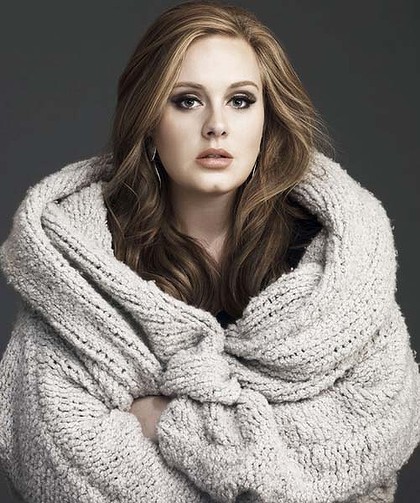


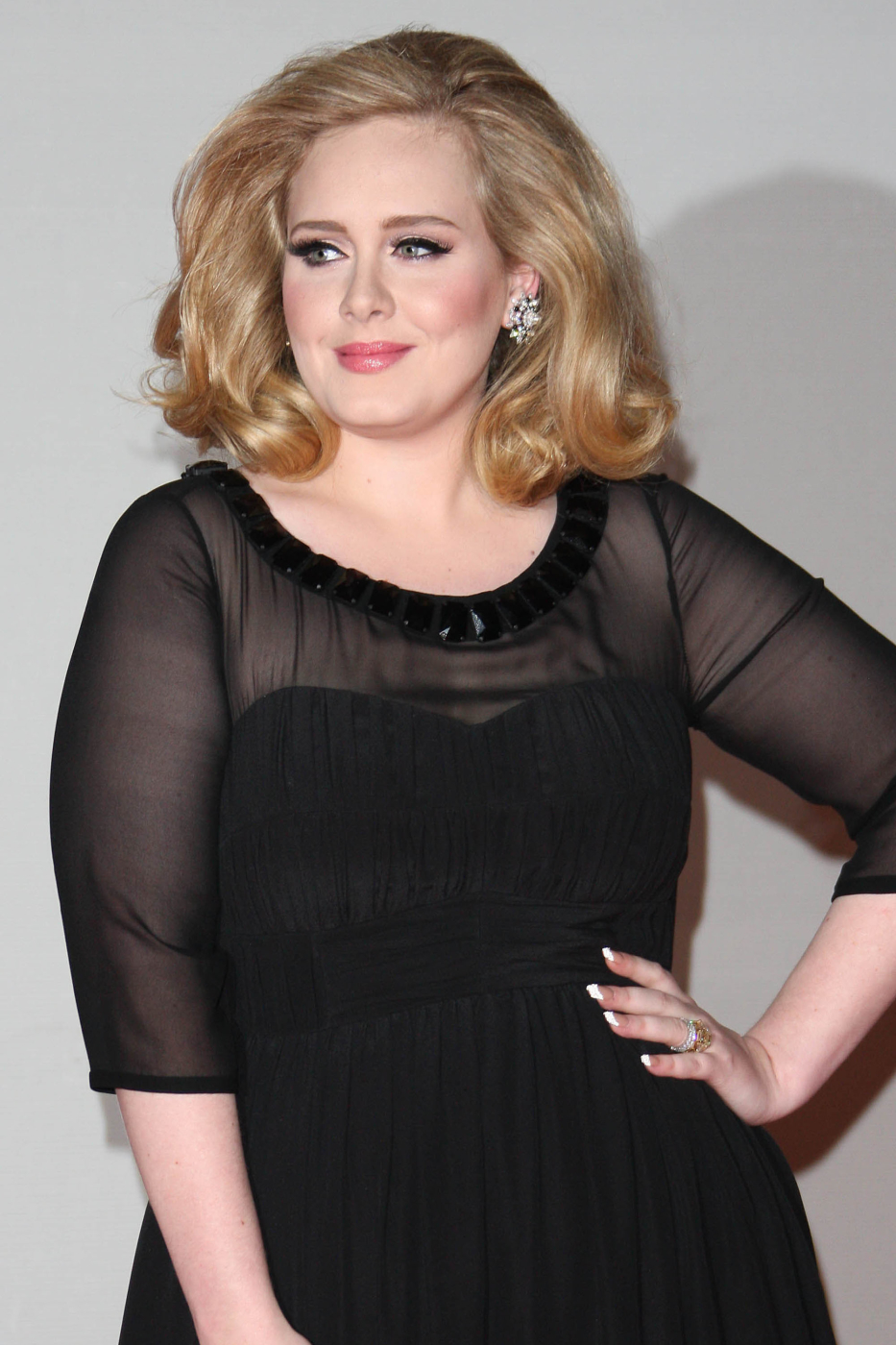
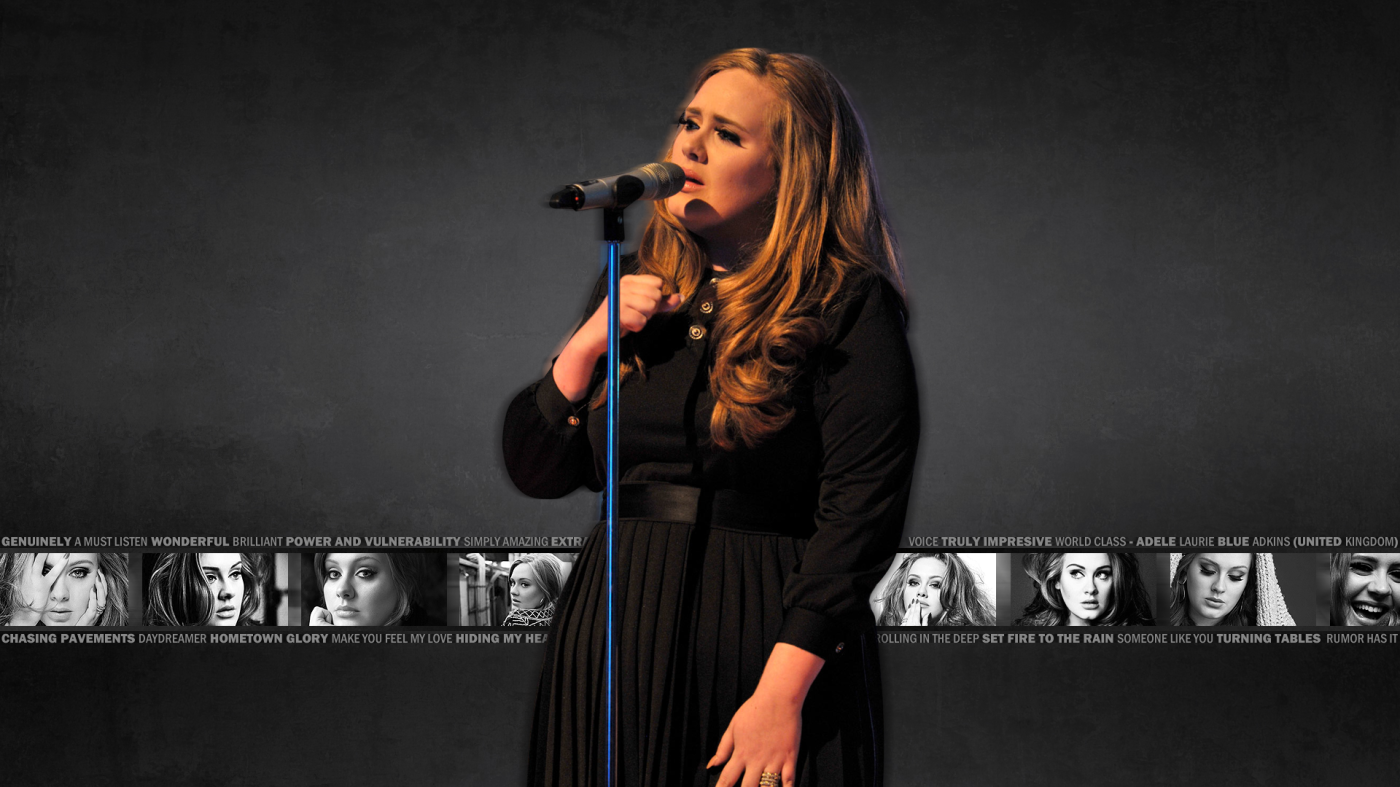
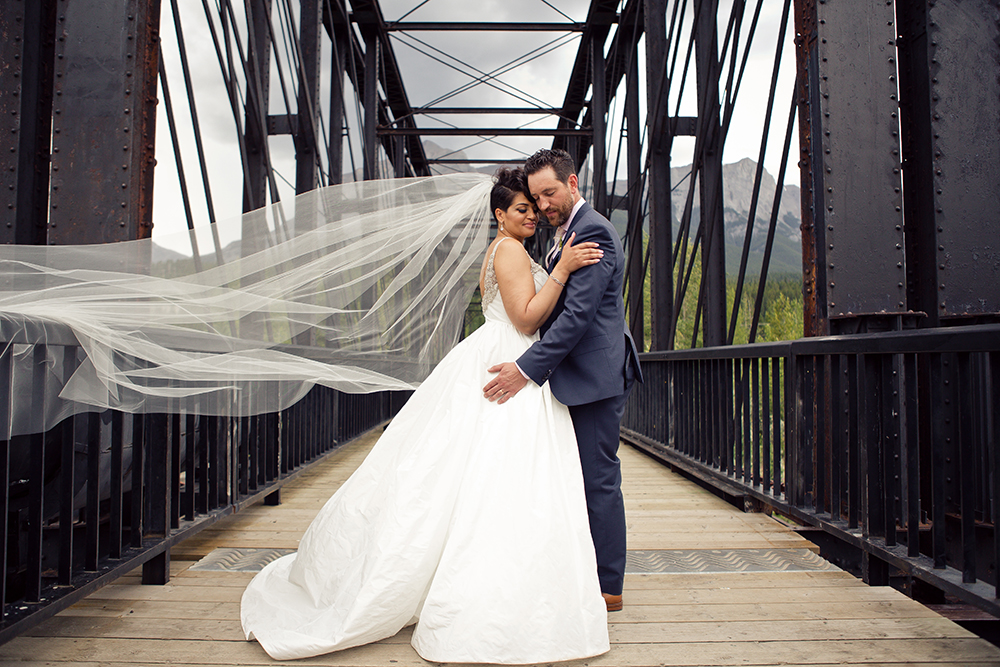
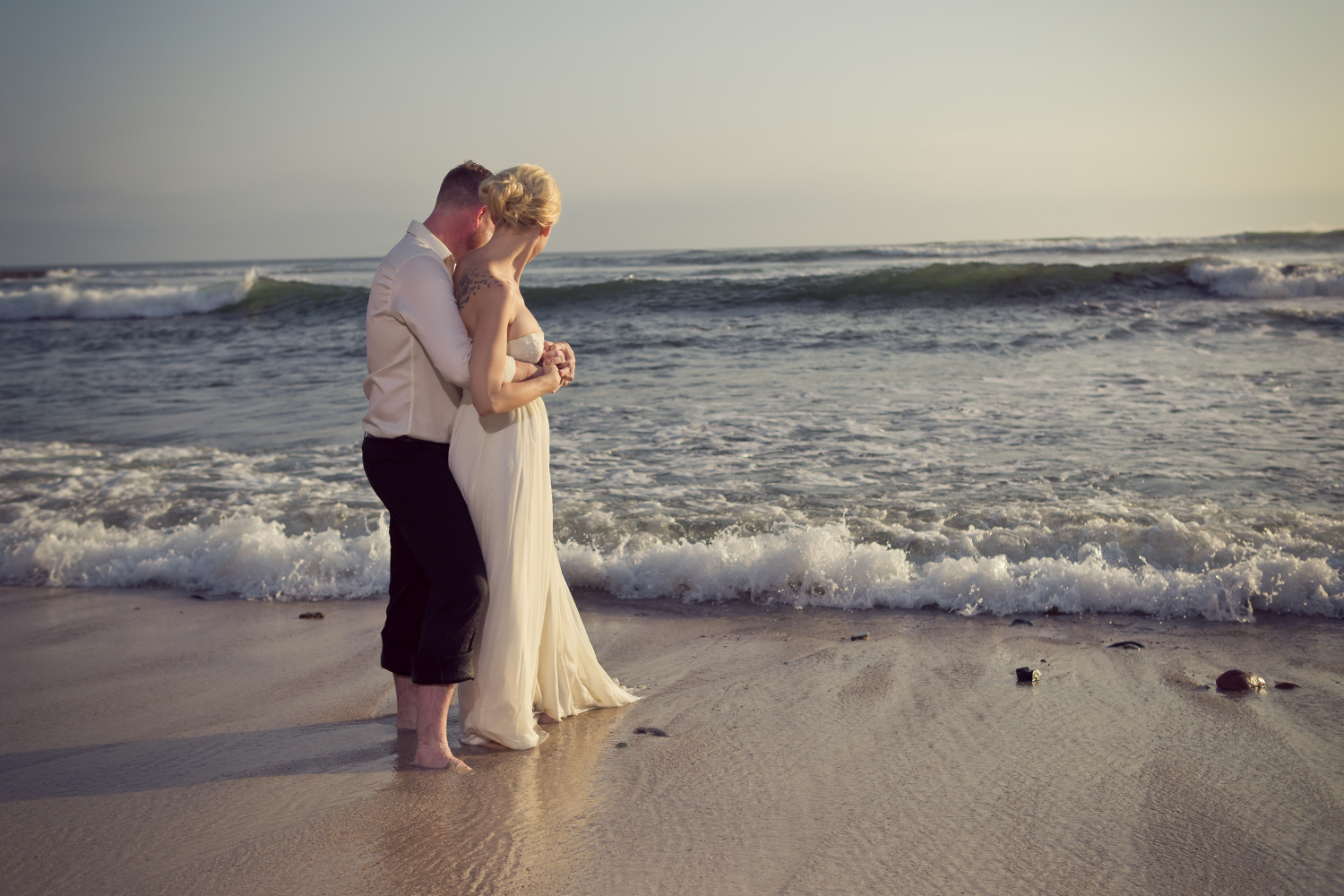
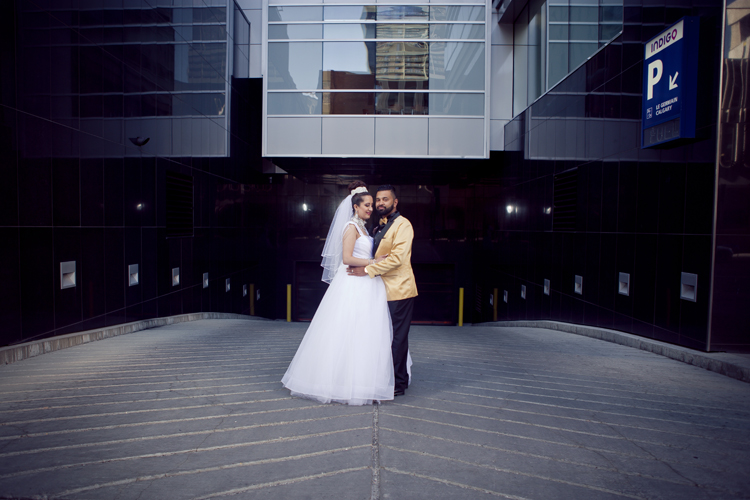
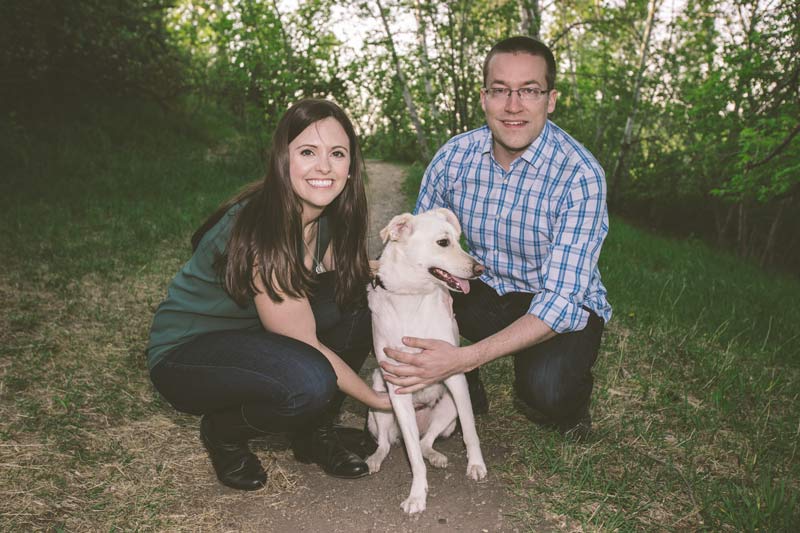


Leave a Reply